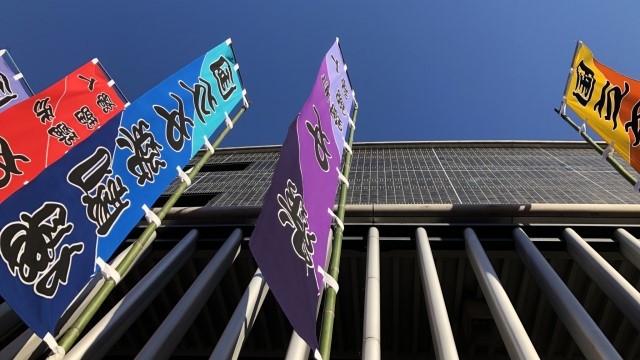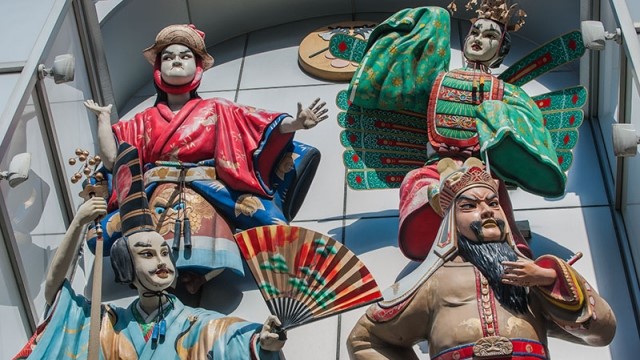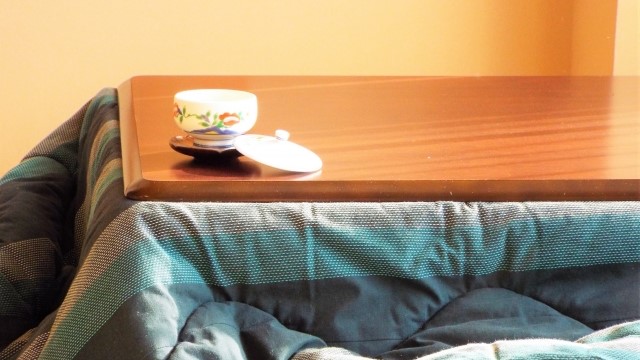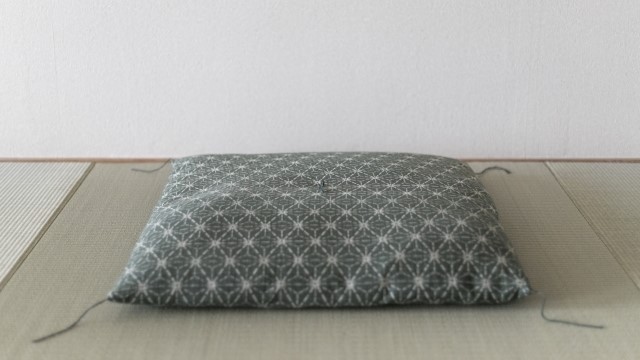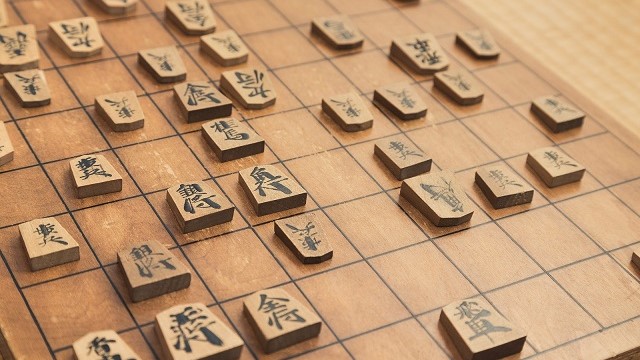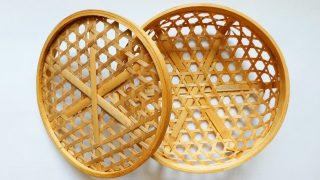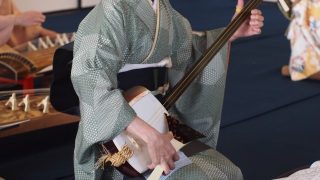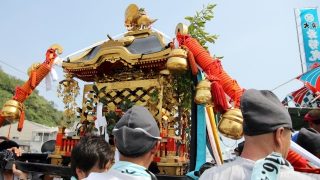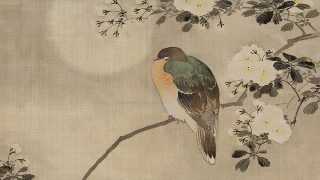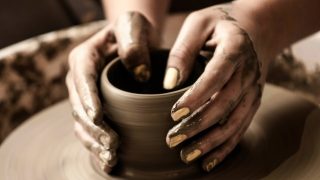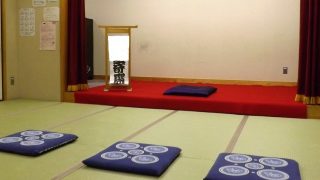About Bunraku (文楽-人形浄瑠璃)
Bunraku, also known as Ningyo Joruri, is one of Japan’s representative traditional performing arts.
Bunraku is a rare form of puppet show in the world in which Tayu recites lines to the accompaniment of shamisen, and a puppeteer manipulates a puppet to enact a story.
Tayu (太夫) is someone who plays a leading role in the story as a voice actor and storyteller.
Around 1600, Bunraku, Ningyo Joruri, was born as a fusion of shamisen music, Joruri (storytelling), and puppet manipulation.
In the early Edo period, the duo of playwright Chikamatsu Monzaemon and Joruri narrator Takemoto Gitayu became popular among the public. Since then, the term “Joruri” has come to refer to Gitayu-bushi.
When the Puppet masters went from one to three, their realistic movements became so popular that they surpassed Kabuki. Masterpieces have sprung up one after another, so much so that the Kabuki side has begun to incorporate them into its productions.
One of the characteristics of Bunraku is that there is no hereditary system, which is rare in the classical performing arts of Japan. The Bunraku world is a world where the three professions of Tayu, Shamisen, and Puppet Master are evaluated only on the ability they have acquired after a long period of training.
Bunraku is also registered as an intangible cultural heritage by UNESCO.
The Three Elements of Bunraku
Bunraku is a comprehensive art form in Japan, performed by a trinity of Tayu (太夫) narrating a story, Shamisen players playing accompaniment, and puppet masters manipulating puppets to accompany the performance. The three performers work together to create a wonderful stage.
Tayu, 太夫
Tayu tells everything from the lines of all the characters to the circumstances of the scene to the background of the story.
Above the desk, called Kendai, is a handwritten book called Yukabon. Sit on his toes with a small board under his butt, and let his voice reach every corner of the theater.
Shamisen
The Shamisen is not only a mere accompaniment but also expresses scene transitions and emotions through tone and rhythm and is in charge of creating a performance that integrates with Tayu’s narration.
The Futozao Shamisen used in Bunraku has a larger and heavier body and plectrum than the Hosozao and Chuzao Shamisen, and the thicker threads make it possible to produce a richer bass sound. Depending on the performance, Koto and Kokyu may also be played.
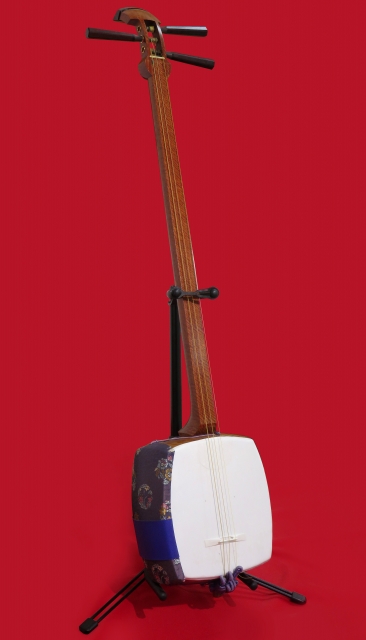
Puppet master
Three puppet masters control the puppets of Bunraku: the main master, the foot master, and the left master, who all have their own roles.
Main puppet master
The main puppet master is the leader of the three-person team. Handle the puppet’s neck with his left hand and the puppet’s right hand with his right hand. He has features such as wearing tall clogs.
Foot puppet master
Use both hands to make the puppet look like it’s walking or sitting. He also plays the role of stomping the feet and making sounds.
Left hand puppet master
He manipulates the left hand of the puppet. He is also in charge of putting in and out the various props the puppets have, such as fans and swords.
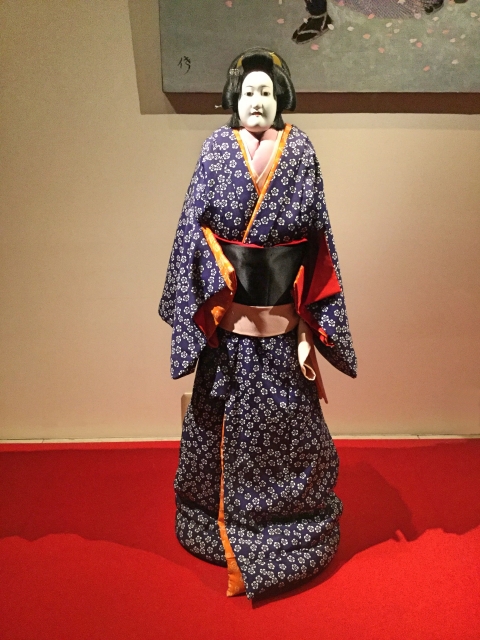
About the performance of Bunraku
Performances can be broadly divided into “Jidai-mono” and “Sewa-mono.”
“Jidai-mono” deals with the stories of samurai before the Edo period. Even events from the same period have been changed to different periods and turned into fiction.
The “Sewa-mono” is an adaptation of the life of the people in general in the Edo period. It was established by Chikamatsu Monzaemon with the performance called “Sonezaki Shinju.”
Where is the charm of Bunraku?
One of the charms of Bunraku that is not found in other traditional performing arts is the puppets.
Kabuki, for example, focuses on beautiful and excellent actors. In Bunraku, however, the puppets are in front of us. This allows us to get more into the story; some people feel they’ve been transported back to the Edo period.
We are also moved by the dainty and healthy nature of the puppets.
The art of Bunraku, a tradition that has lasted for more than 300 years, and its fun and appealing power are nothing short of amazing.
The more you know about Bunraku, the more profound and fascinating it is.
